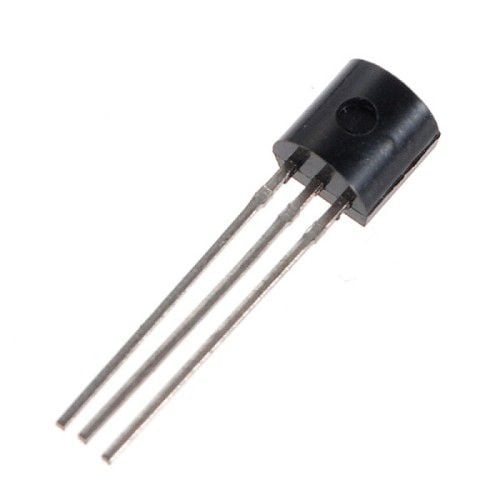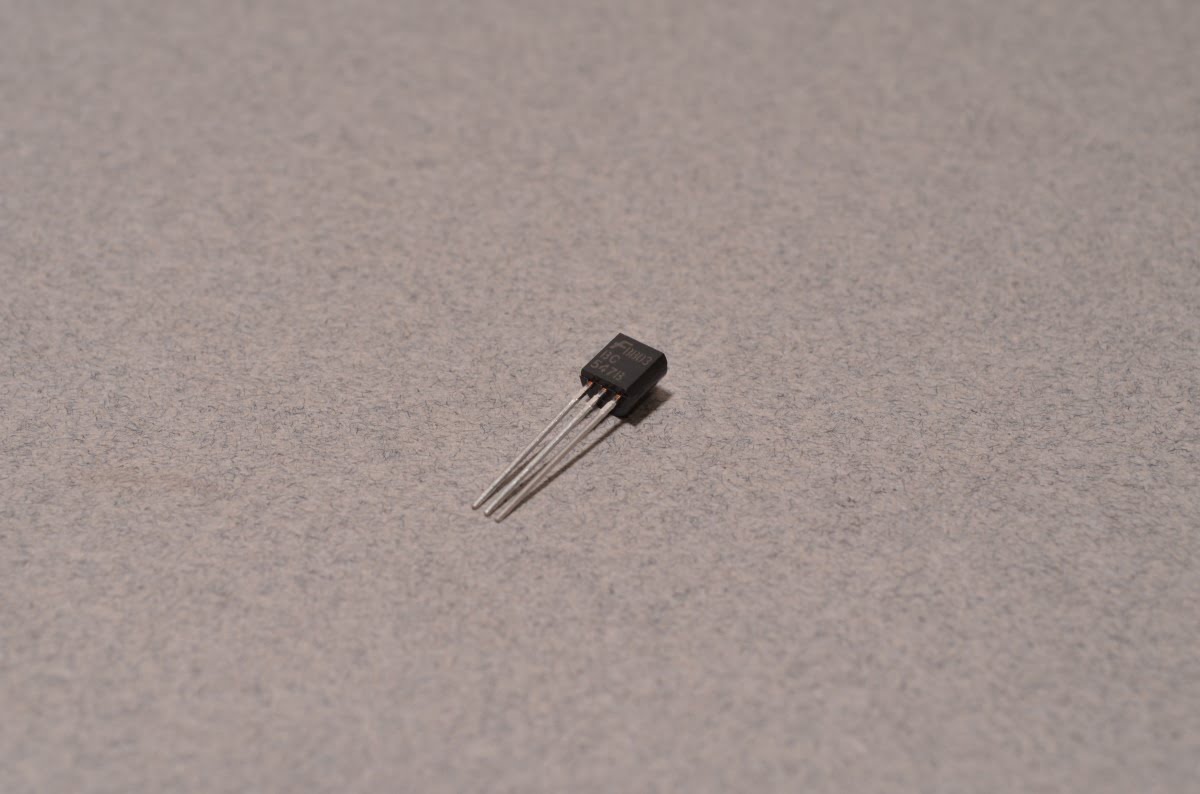

When a positive signal (+) present on its base it will make a path for collector current to go through from the base towards the emitter. Now we will see how the transistor works as a switch, here we are using an NPN transistor.





When a positive signal (+) present on its base it will make a path for collector current to go through from the base towards the emitter. Now we will see how the transistor works as a switch, here we are using an NPN transistor.


